Expansion of E-commerce Platforms
The Dehydrated Fruits & Vegetables Market is witnessing a significant transformation due to the expansion of e-commerce platforms. Online shopping has become increasingly popular, providing consumers with convenient access to a wide range of dehydrated products. E-commerce sales of food items, including dehydrated fruits and vegetables, have shown remarkable growth, with estimates suggesting a rise of over 20% in online food sales in the past year. This shift towards digital purchasing is reshaping consumer behavior, as individuals seek the convenience of shopping from home. Retailers are investing in online marketing strategies to enhance visibility and attract customers. The Dehydrated Fruits & Vegetables Market stands to benefit from this trend, as e-commerce platforms facilitate broader distribution and accessibility of dehydrated products to a diverse consumer base.
Adoption of Healthy Snacking Trends
The Dehydrated Fruits & Vegetables Market is significantly influenced by the rising trend of healthy snacking. As consumers become more health-conscious, there is a marked shift away from traditional snack foods towards healthier alternatives. Dehydrated fruits and vegetables serve as nutritious snacks, offering a convenient option for on-the-go consumption. Market Research Future indicates that the healthy snacking segment is expected to grow at a rate of approximately 5% annually over the next few years. This trend is prompting manufacturers to innovate and diversify their product offerings, creating new flavors and combinations to attract health-oriented consumers. The Dehydrated Fruits & Vegetables Market is thus well-positioned to capitalize on this growing demand for healthier snack options.
Rising Demand for Convenience Foods
The Dehydrated Fruits & Vegetables Market experiences a notable surge in demand for convenience foods. As lifestyles become increasingly fast-paced, consumers seek quick and easy meal solutions. Dehydrated fruits and vegetables offer a practical alternative, requiring minimal preparation while retaining essential nutrients. According to recent data, the convenience food sector is projected to grow at a compound annual growth rate of approximately 4.5% over the next five years. This trend indicates a shift in consumer preferences towards ready-to-eat options, thereby driving the growth of the dehydrated fruits and vegetables segment. Retailers are responding by expanding their product lines to include a variety of dehydrated options, catering to the evolving needs of health-conscious consumers. This shift towards convenience is likely to continue influencing purchasing decisions in the Dehydrated Fruits & Vegetables Market.
Sustainability and Eco-Friendly Practices
The Dehydrated Fruits & Vegetables Market is increasingly shaped by sustainability and eco-friendly practices. As environmental concerns gain prominence, consumers are gravitating towards products that align with their values. Dehydrated fruits and vegetables often require less water and energy for production compared to fresh produce, making them a more sustainable choice. Additionally, many companies in the industry are adopting eco-friendly packaging solutions to reduce their environmental footprint. Recent surveys indicate that a significant percentage of consumers are willing to pay a premium for sustainably sourced products. This trend is likely to drive growth in the Dehydrated Fruits & Vegetables Market, as businesses that prioritize sustainability may attract a loyal customer base committed to environmentally responsible consumption.
Increased Awareness of Nutritional Benefits
The Dehydrated Fruits & Vegetables Market benefits from a growing awareness of the nutritional advantages associated with dehydrated products. Consumers are increasingly informed about the health benefits of incorporating fruits and vegetables into their diets. Dehydrated options retain most of the vitamins and minerals found in fresh produce, making them an attractive choice for health-conscious individuals. Recent studies indicate that the consumption of dehydrated fruits and vegetables can contribute to improved dietary intake, particularly in regions where fresh produce is less accessible. This heightened awareness is driving demand, as consumers seek out products that align with their health goals. The Dehydrated Fruits & Vegetables Market is thus positioned to capitalize on this trend, as more individuals prioritize nutrition in their food choices.
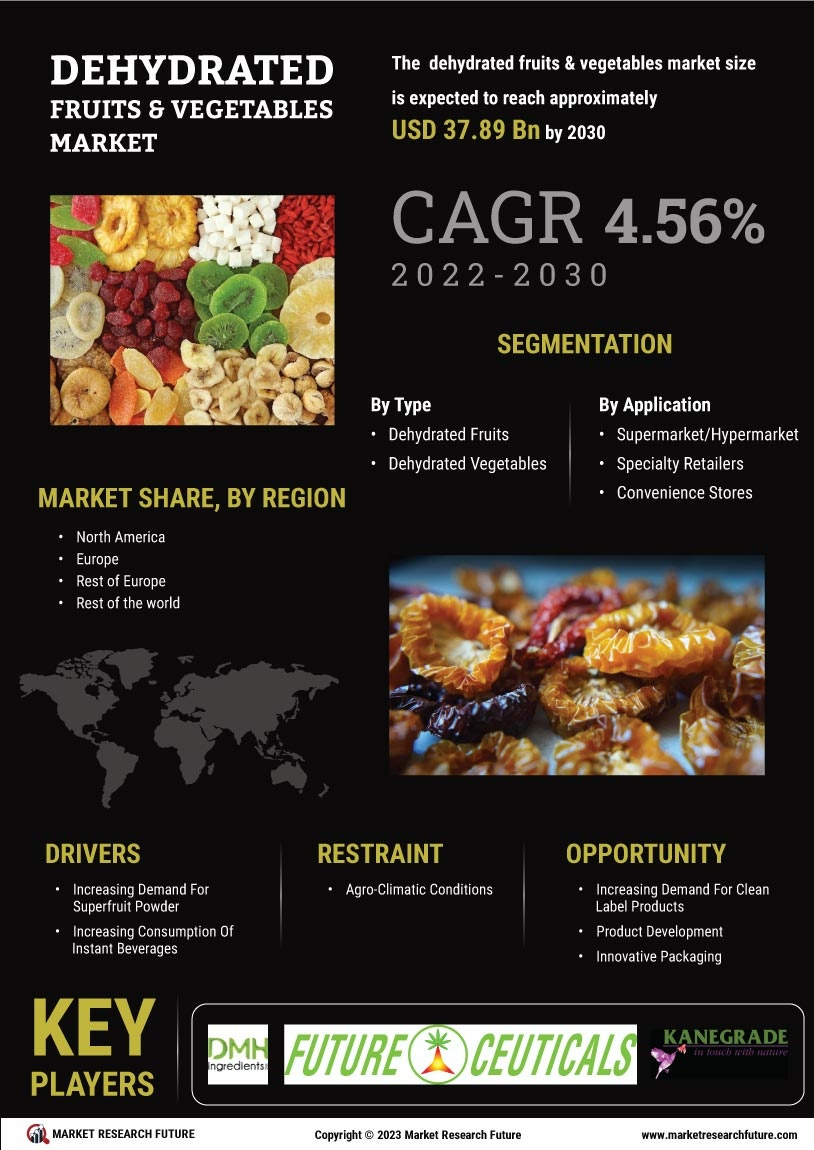

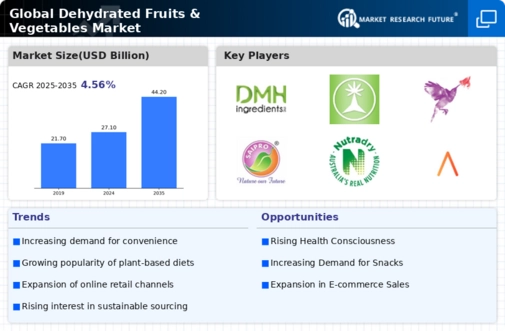
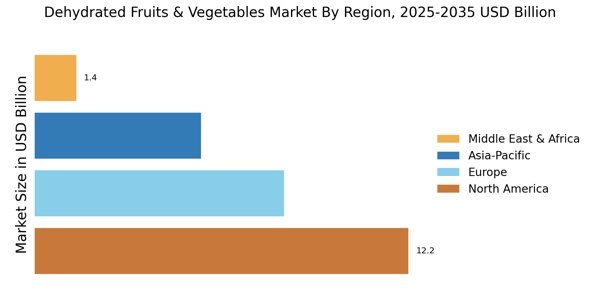
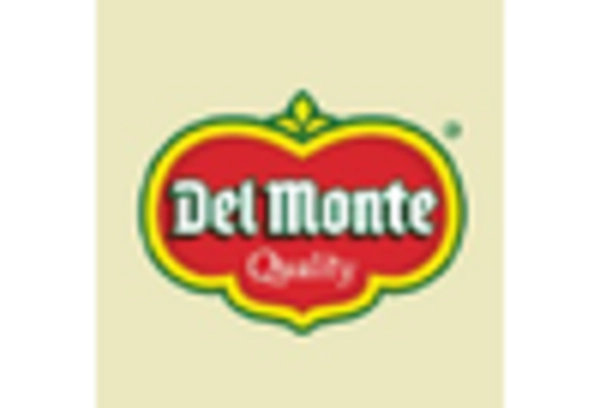
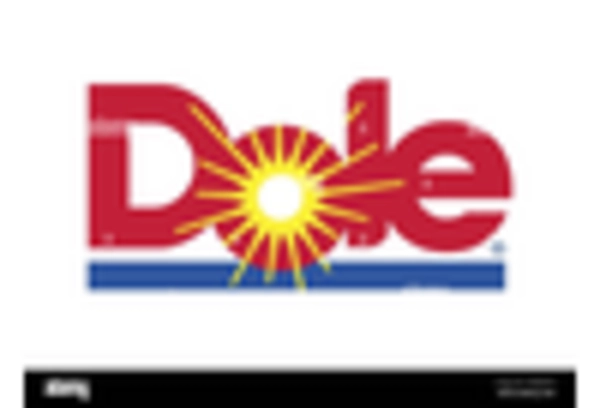

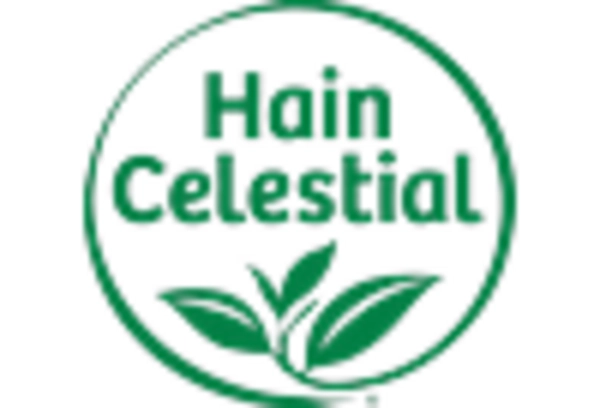
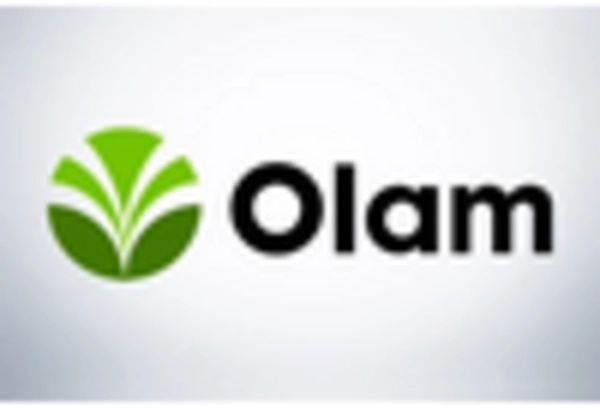
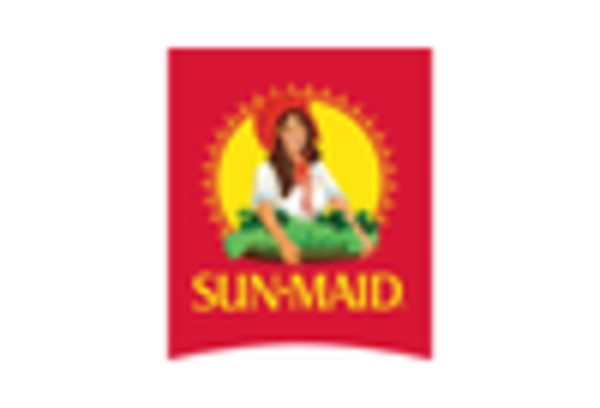








Leave a Comment